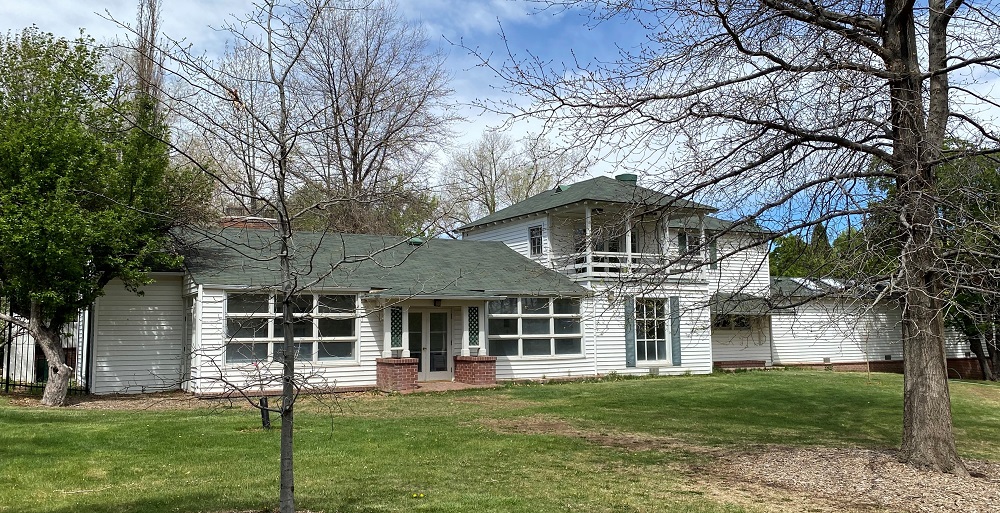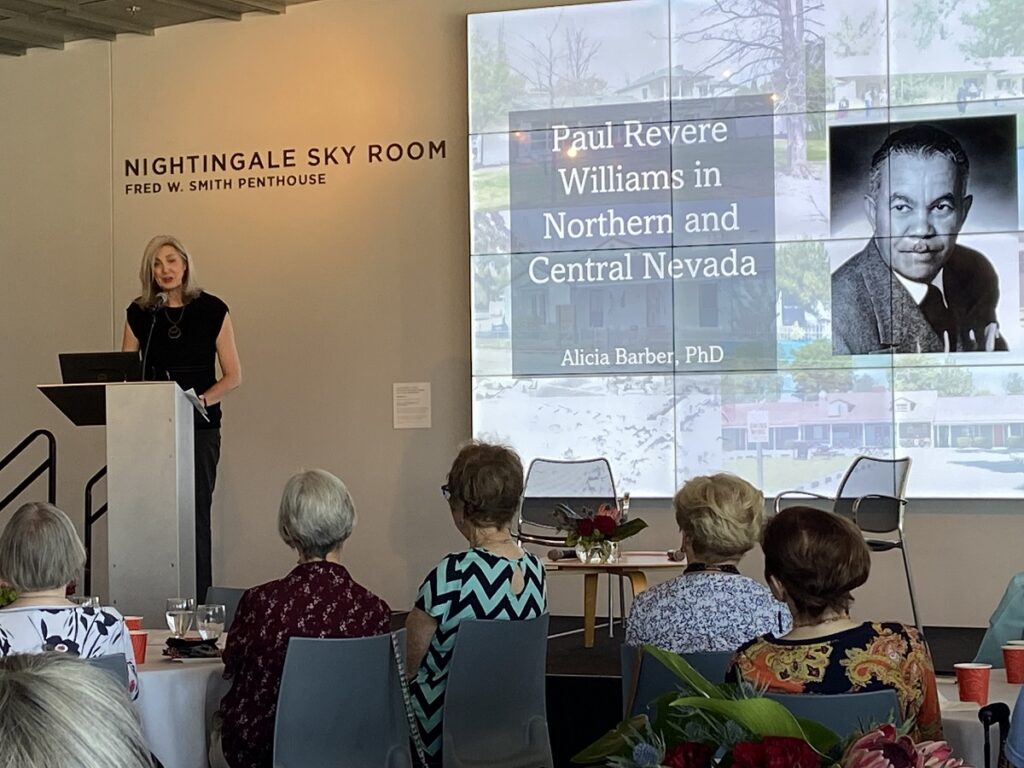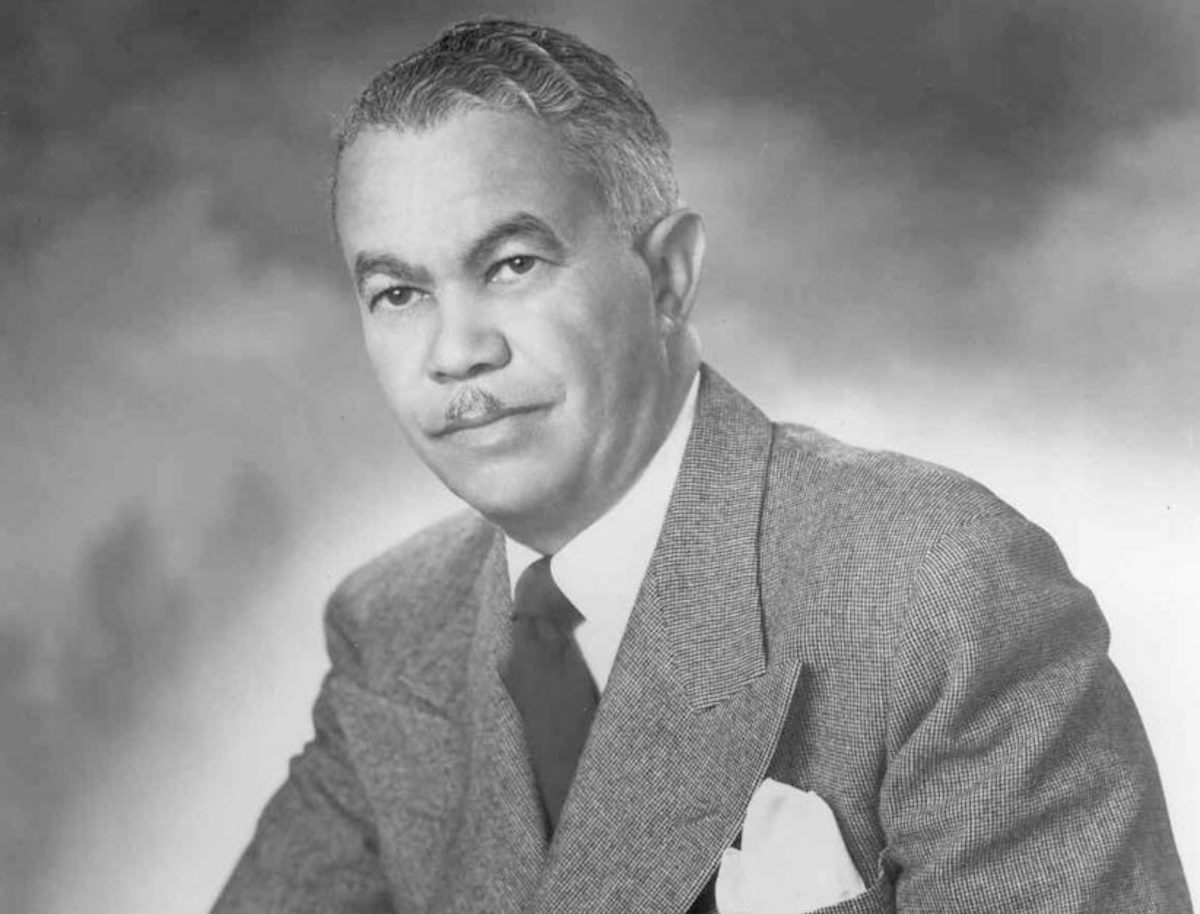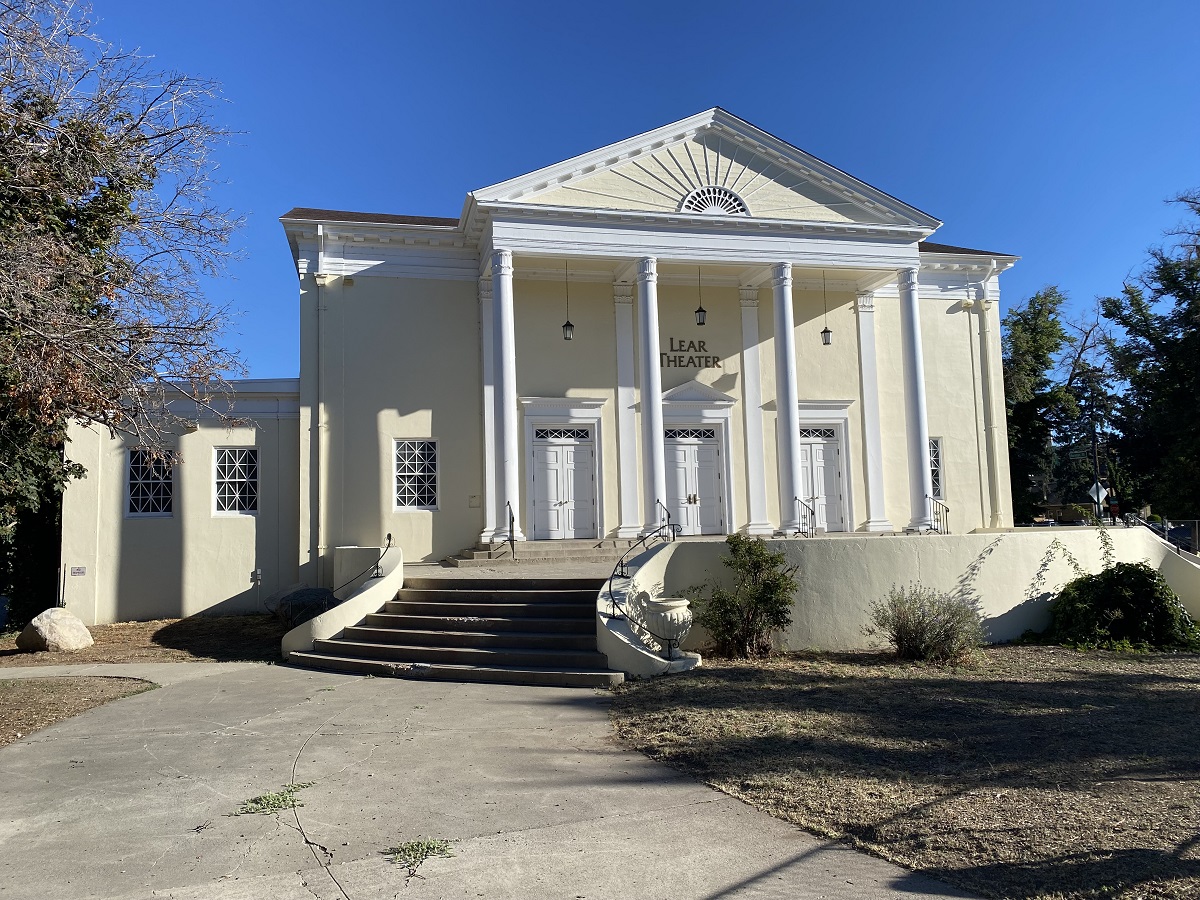If you’re new to the region and have questions about the state’s history, look no further. Alicia Barber, Ph.D., writer, historian, and founder of Stories in Place specializes in the cultural history and built environment of Nevada and the American West. Alicia’s work is crucial not only for preserving local history but also for promoting and understanding how places can bring us closer together.
 I asked Alicia to share some insight into the architectural legacy of Paul Revere Williams, a prominent architect from Los Angeles who designed some of the most notable buildings in Reno and throughout Nevada.
I asked Alicia to share some insight into the architectural legacy of Paul Revere Williams, a prominent architect from Los Angeles who designed some of the most notable buildings in Reno and throughout Nevada.
Alicia has participated in several discussions and has been the keynote speaker for several events in conjunction with the Nevada Museum of Art exhibition, “Janna Ireland On The Architectural Legacy Of Paul Revere Williams In Nevada.” She is also the Editor and Co-Founder of Reno Historical, a website and app where you can find a virtual tour of Williams’ brilliant contributions to Reno and info on hundreds of other historic sites.
During our conversation, Alicia shared that Williams’ career coincided with a period of unprecedented growth and change in Nevada—many of his buildings reflect the state’s transformation from a modest western crossroads to a modern urban center.
Keep reading if you want to boost your knowledge of Northern Nevada architecture and gain a deeper understanding of our local history.
How to Better Experience and Understand the History of Architecture in Nevada
When did you first become aware of Paul Revere Williams’ work in Nevada?
Alicia Barber: I first started to research Reno’s history a little over 20 years ago, when I was working on my PhD at the University of Texas at Austin. My dissertation was about the relationship between Reno’s landscape and its image, and I spent about a year here digging through historical archives and learning about the city’s buildings. I remember that the work to renovate the First Church of Christ, Scientist building into the Lear Theater had just started, and it had recently been listed in the National Register of Historic Places and the city’s historic register. That was my first introduction to Williams. I moved to Reno for a postdoc at UNR in 2003, and I immediately joined the city’s Historical Resources Commission and learned more about his other Reno designs.
How is Williams’ work intertwined with the growth of Reno’s culture and economy?
Alicia Barber: All of Williams’ Reno buildings were constructed in the 1930s, when this was becoming a much more cosmopolitan town. His first Nevada clients, Luella Garvey and the Herman family, were incredibly wealthy residents of southern California who wanted to establish homes here to take advantage of the state’s status as a tax haven.

Garvey, whose house is on California Avenue, had first come to Reno in 1927 for a quick divorce, which was another one of Reno’s unique attractions. The El Reno Apartments, which were assembled on South Virginia Street in 1937 from Williams’ designs, were sometimes rented by divorce-seekers. But part of Reno’s charm at the time was that it was still very much a farming and ranching community. The Hermans continued to run Rancho San Rafael as a working ranch after Williams designed their home there.

What can be said about Williams’ ability to find success, establishing star-like power decades before the civil rights movement?
Alicia Barber: Above all, he was extraordinarily talented. He was winning national design awards while he was still a student. But he had to contend with unrelenting racial prejudice, particularly toward the beginning of his career. Some of his early teachers discouraged him from entering the architectural field because they thought the profession would never embrace him. He developed the ability to draw upside-down so white clients who might feel uncomfortable sitting next to him as he sketched could sit across from him instead.
He had an incredible work ethic. He won the commission to design E.L. Cord’s Beverly Hills mansion by preparing preliminary drawings for him overnight. And he was incredibly versatile. He really could design clients whatever they wanted, and every project he completed, especially for celebrities and the Hollywood elite, brought him more respect and acclaim.
So his success is a testament to all of that, and to his intense drive and complete mastery of his craft.
How can shared experiences and spaces make places more meaningful?
Alicia Barber: At the very basic level, we feel an attachment to places that mean something to us. And when people are gathered together in a single place, the only thing we know they have in common at that moment is that place. So to me, understanding the places we inhabit is the key not just to making places more meaningful, but to strengthening a sense of community with others who share those spaces with us.
That’s why I spend so much time creating projects that help people better understand Reno’s history and historic buildings. You can’t value what you don’t know. And I’ve seen firsthand how a shared appreciation for places can bring people together.

What opportunities are there for community members to learn more about Paul Revere Williams’ work in Reno?
Alicia Barber: The current exhibit at the Nevada Museum of Art, Janna Ireland on the Architectural Legacy of Paul Revere Williams in Nevada, features Ireland’s photographs of Williams’ Nevada projects, along with other information about his life and work. The museum has also created a companion online feature, A Legacy Revered, where you can find a number of commissioned essays including the one I wrote about Williams’ work in central and northern Nevada as well as a recording of the symposium that the museum hosted in July. I’ll be giving a talk about my research into Williams for an “Art Bite” at the museum on September 16.
The Historic Reno Preservation Society also has a lot of information about Williams, including a virtual tour of Williams’ Reno buildings on the Reno Historical website and mobile app. Their website has an extensive feature on the history of the Lear Theater. And Deb Hinman will give a talk about the El Reno Apartments at the Downtown Reno Library on September 11.
What questions should people ask while evaluating and viewing architecture?
Alicia Barber: We gain so much when we approach architecture with a sense of curiosity. Every structure, whether modern or historic, is the product of a series of choices. Every aspect of its design, from a spacious front porch to elegant columns, tells us how it was intended to be used and perceived. Understanding those choices helps bring a structure to life.
In rapidly changing cities like Reno, I think we also need to ask, “How did this building relate to its original setting?” That helps us move beyond the bias of the present to understand a building in context. And if a building happens to be in poor condition, it’s critical for us to ask and understand why.
The answer will generally have nothing to do with its historical, cultural, or architectural significance but to other factors entirely.
Learning who designed a building can give us an even deeper sense of appreciation for it. The more we know about Williams and his work in Reno, the more we can all become stewards of his legacy, ensuring that his contributions to our landscape will endure for generations to come.
At Dickson Realty, we share information from experts like Alicia Barber to educate clients and community members about the diverse architecture in Nevada. For more information on living in Reno-Sparks, contact one of our REALTORS today.




